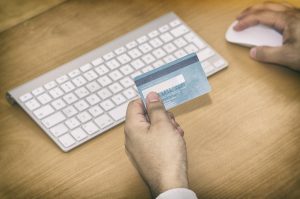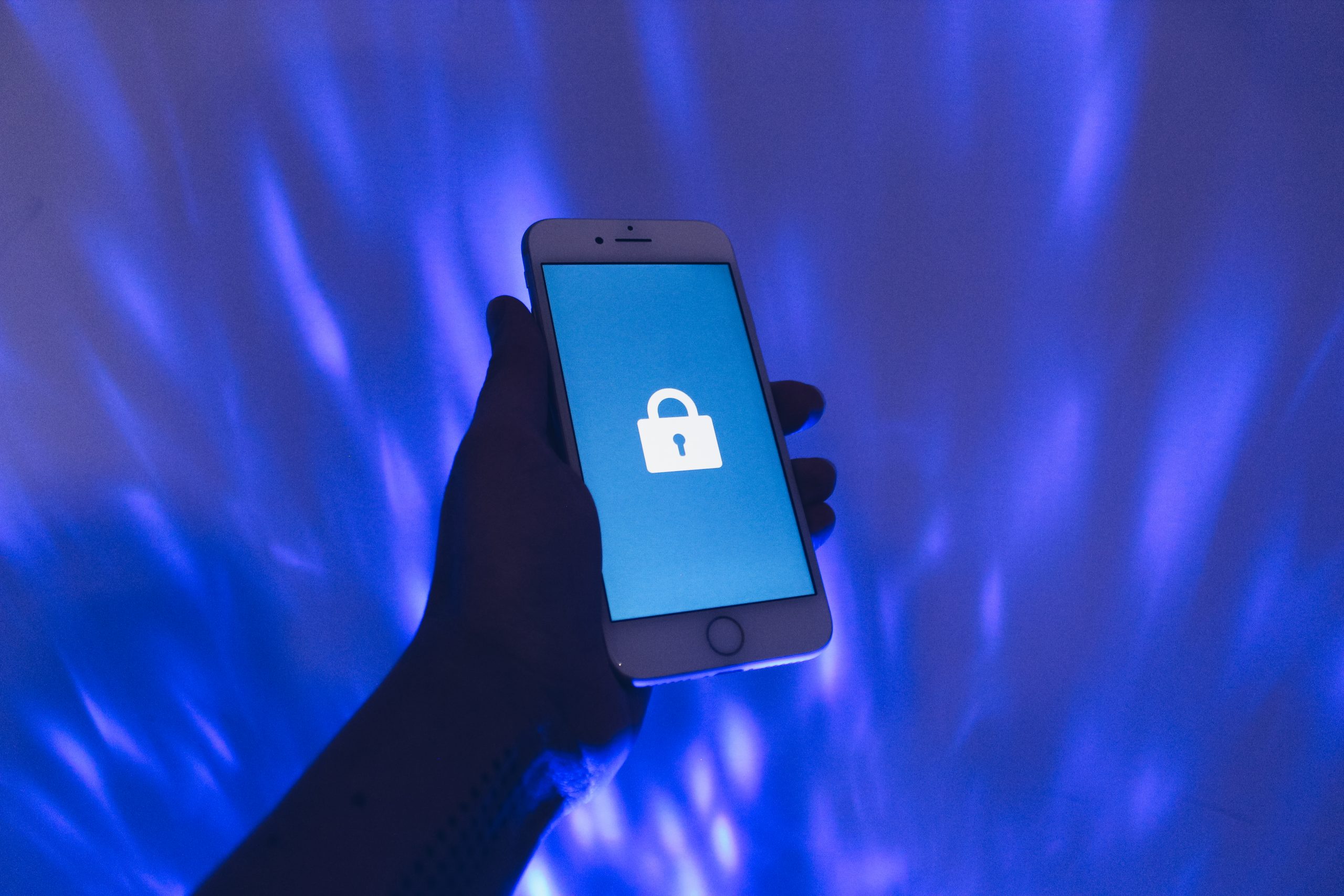8
Nicholas Prosperini
Introduction
Keywords
Technology
Privacy
Cyber Security
Data Breach
Learning Objectives
- Understand how technology has affected the banking industry
- Recognize how privacy has been affected by technology in the banking industry
Banking Technology
Key Takeaways
- In this subsection, we will cover banking technology and how these technological advances have affected the banking sector.
With the development of technology, people have become more impatient over time. We have access to almost anything at a moments notice, to keep up with people diminishing patience banks have had to adjust just like everybody else. One technological advancement that has developed the banking sector is ATM machines. ATM machines are a device with which you can do many things including depositing money, withdrawing money, and depositing checks. This technological advancement alone has had a major impact on waiting times in banks.
Another technological advancement that has made a significant influence on the banking sector is phones and computers. One way these technological advancements have affected the banking industry is the reduction of paper documents. Now that online banking is such a common commodity the use of paper documents is very small, this means that there is a much smaller chance of having to send important documents through the mail and perhaps losing them or having to take time out of your day to stop by a bank just to sign one document. Online banking has not only been beneficial because of the reduction of paper documents, but also because of things like banking apps and websites. Everyday banking apps and websites are becoming more advanced and giving a user almost complete control over their bank information and money. These services are allowing users to do everything online and in the comfort of their homes that previously they had to go to a bank for.

“Online Shopping 2 / Online Banking” by danielfoster437 is licensed under CC BY-NC-SA 2.0
Privacy Concerns Associated With The Development Of Banking Technology
Key Takeaways
- Key Takeaway: In this subsection, we will cover banking privacy and how the advancements in technology have had negative effects on people’s privacy.
As customers we keep banks to a very high standard, we expect banks to be diligent and protective of our private information. Not only do we keep banks to a high standard, but the law does also. Banks are only allowed to share people’s personal information in certain situations, for example, if the person requests the banks to share his or her information publicly, or if the authorities request someone’s information with a valid reason for doing so. A further example as to why the authorities might ask the banks for someone’s private information is if the person is receiving an income, but does not report it on their taxes, then the proof of this incident would be in their bank statements.
With continuing advancements in technology, there is also a growing concern for people’s privacy. Data breaches are one of the most common ways that people’s privacy has been affected due to technology. A data breach is a release of personal information that could include anything from someone’s social security number or their usernames and passwords. Data breaches are often associated with some sort of hacker gaining your information illegally, and although that is true, data breaches also happen by accident. An accidental data breach can happen simply by a bank employee unknowingly putting your information online. Another technological advancement that has created challenges in keeping people’s personal information safe is smartphones and laptops. These challenges include hackers using public internet connections to gain access to people’s banking information, phishing websites that seem real, but instead only record your username and password when you type it in, and theft or loss of these devices.
Stolen information is usually used by the person who stole it, or sold to others who will most likely use it for personal gain. There are many things a person can do with your banking information for example; make new credit cards under your name, withdraw money from your accounts, and file tax returns.

Green Code, “Hacker mit Einsen und Nullen – Nahaufnahme” by Christoph Scholz is licensed under CC BY-SA 2.0
Technological Advancements For Increased Cyber Security
Key Takeaways
- In this subsection, we will be covering how technology has helped keep people’s information safe.
Although technology has created many challenges in keeping our banking information and privacy protected, it has also proven to be useful in creating solutions for those challenges. Banks have been spending a lot of time and money on finding ways to better protect their users’ privacy with new technologies. An example of this is banks will often monitor their user’s transactions very closely and immediately alert them when something suspicious arises. Another way banks have used technology to protect user’s information is by hiring what are called white hat hackers. White hat hackers are hired by the banks to try and penetrate their own systems, this is often referred to as a pentest. By allowing white hat hackers to expose a bank’s weak points in their own cybersecurity they can then better patch these weaknesses and therefore better secure their user’s information. A further example would be banks using software that encrypts a user’s personal information into code that only the bank can understand. Although in the previous chapter we discussed how laptops and smartphones can be a risk for someone’s banking privacy, there have also been technological updates to better protect the information stored within these devices. These technological advancements include fingerprint readers and face recognition tools that only open these devices if, in fact, it is the owner of them who is trying to access the device. These tools are not only used by smartphones and laptops themselves but also from the apps and websites created by the banks.

“Data Privacy” by StockCatalog is licensed under CC BY 2.0
Chapter Summary
- In Banking Technology we discussed how technology had developed the banking sector and in what ways it has made banking more convenient for the user.
- In Privacy Concerns Associated With The Development Of Banking Technology we covered banking privacy and how technology has affected user’s privacy. Covered in this subsection was how data breaches happen, common ways people expose their information and what can happen with your stolen information.
- In Technological Advancements For Increased Cyber Security we concluded with how technology has also helped secure our banking privacy. We discussed many ways that technology protects our information, for example; monitoring transactions, hiring hackers to find weak points, and encrypting information among other things.
Exercises
1.You can only withdraw money from a bank in person.
a. True
b. False
2. Banks can release user’s private information at will.
a. True
b. False
3. What is a common way a hacker can get your private banking information?
a. Phishing websites
b. Public internet connections
c. None of the above
d. A and B
4. What can hackers do with your banking information?
a. Open credit cards
b. Sell it
c. Withdraw money
d. All of the above
5. Banks use a lot of resources to protect people’s banking privacy.
a. True
b. False
6. Short answer question: What does a White hat hacker do?
Answers:
1-b, 2-b, 3-d, 4-d, 5-a.
References
Burnette, M. (2020, October 27). Is It Safer to Bank on Your Phone or Your Computer? NerdWallet. https://www.nerdwallet.com/article/banking/is-it-safer-to-bank-on-your-phone-or-your-computer.
Edmondson, B. (2019, October 9). Here’s How to Deal With Bank Account Data Breaches. https://www.thebalance.com/dealing-with-cyber-security-bank-account-data-breaches-4582902.
Privacy & confidentiality. Privacy & confidentiality | Banking Ombudsman Scheme. https://bankomb.org.nz/guides-and-cases/quick-guides/other/privacy-and-confidentiality/.
Stop and think. Banking Ombudsman Scheme. https://bankomb.org.nz/guides-and-cases/quick-guides/other/common-scams-targeting-bank-customers/.
Symanovich, S. What Is a Data Breach and How Do I Handle One? LifeLock Official Site. https://www.lifelock.com/learn-data-breaches-data-breaches-need-to-know.html.
TransferWise. (2016, June 28). 5 ways technology has changed banking forever. TransferWise. https://transferwise.com/us/blog/5-ways-technology-has-changed-banking.
What are White Hat Hackers? SafeBreach. https://safebreach.com/White-Hat-Hackers.
